The ruffed grouse: a charming forest bird
When December returns and the snow snows…it’s time to observe the ruffed grouse, the well-known partridge of our woods.
While present in our territory year-round, the grouse walks across the winter snow leaving tracks in the shape of a three-armed star. Its tracks lead from tree to tree, under the bushes and in the thickets of deciduous or mixed forests as it searches for buds to eat. Its presence can be detected in the edges of forests, in the ravines and along the sides of rivers and streams bordered by willows and alders.
The bird, a member of the Phasianides family, is closely related to the domestic chicken, to other grouse species and to the wild turkey. It can be distinguished by the crest on its head, the black ring around its neck and its large, flat, striped tail, which it can open like a fan.
It eats mainly buds, leaves and twigs from a variety of trees and bushes: poplar, birch, ironwood and willow. It also eats a range of seeds such as those of the poplar, maple and sumac; fruits from the arrowwood (Viburnum), sorb (or mountain ash), holly and American beech complete its diet.
The ruffed grouse is well adapted to winter. In the fall, fine, scaly excrescences grow out from its longilineal digits. These lateral prolongations of the scales of its toes serve as virtual snowshoes that make it easier for the bird to move about in the snow.
At dusk, it usually perches in an evergreen to spend the night. When it’s very cold, the bird burrows into thick snow to the point where it disappears under the white covering, which serves as insulation.
Careful observation may allow you to see these resting sites, sometimes marked by the traces left by its wings on the snow as it takes flight. Other infallible signs of its presence are the droppings. Ruffed grouse droppings look like cylindrical sticks two or three centimetres in length and about the thickness of a pencil. The bird sometimes lets loose an impressive quantity.
The grouse fears many predators, including lynx, fox, wolf, coyote and great horned owl, not to mention the hunters who prize it as a game bird. When danger threatens, its takes to the air in a flurry of wings or hides in the bushes, where the pattern of its feathers provide good camouflage.
Next spring, during the mating season, you’re sure to hear the males’ spectacular drumming, made by noisily batting their wings as they perch on a stump, to attract the females. But that’s another story….
The ruffed grouse is one of the starring birds in Animalium.
By the same author: The moose, a fragile giant (Click the image below)

Jacques Prescott131 Posts
Jacques Prescott est biologiste, professeur associé à la Chaire en éco-conseil de l’Université du Québec à Chicoutimi. Spécialiste de la biodiversité et du développement durable, il est l’auteur de nombreux livres et articles sur la faune et la conservation de la nature. Il nous fait l’honneur de rejoindre notre équipe de collaborateurs et signera chaque mois une chronique intitulée Faune et flore. / Jacques Prescott is a biologist, associate professor with the Chair in Eco-Counselling of the Université du Québec à Chicoutimi. A specialist in biodiversity and sustainable development, he is the author of numerous books and articles about wildlife and nature conservation. He has honoured us by joining our team of contributors and will write a monthly column entitled Wildlife and Habitat.

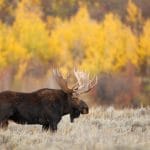

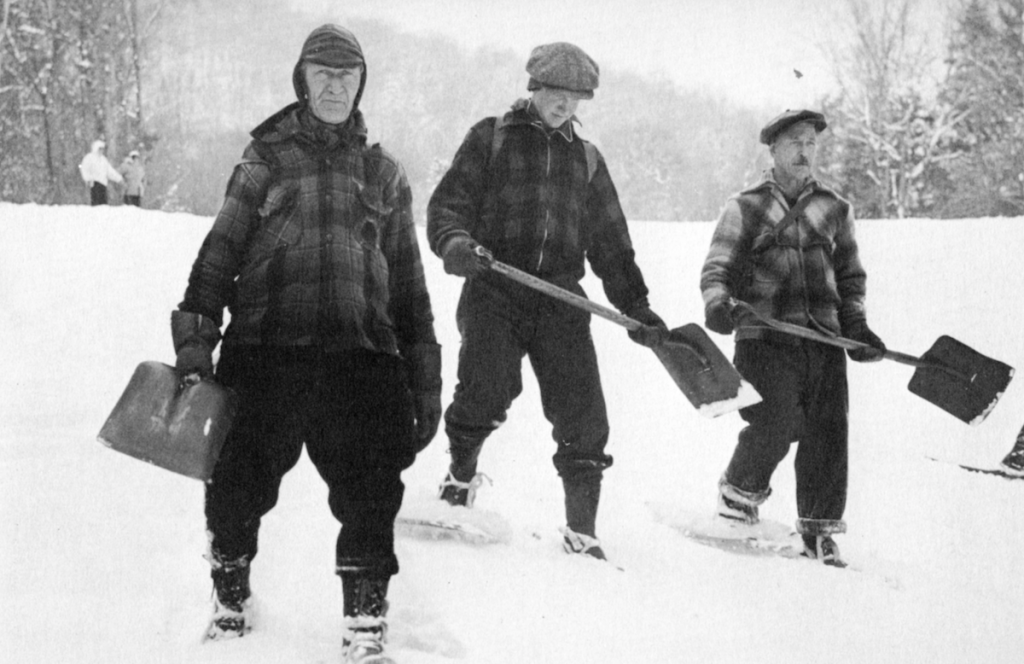
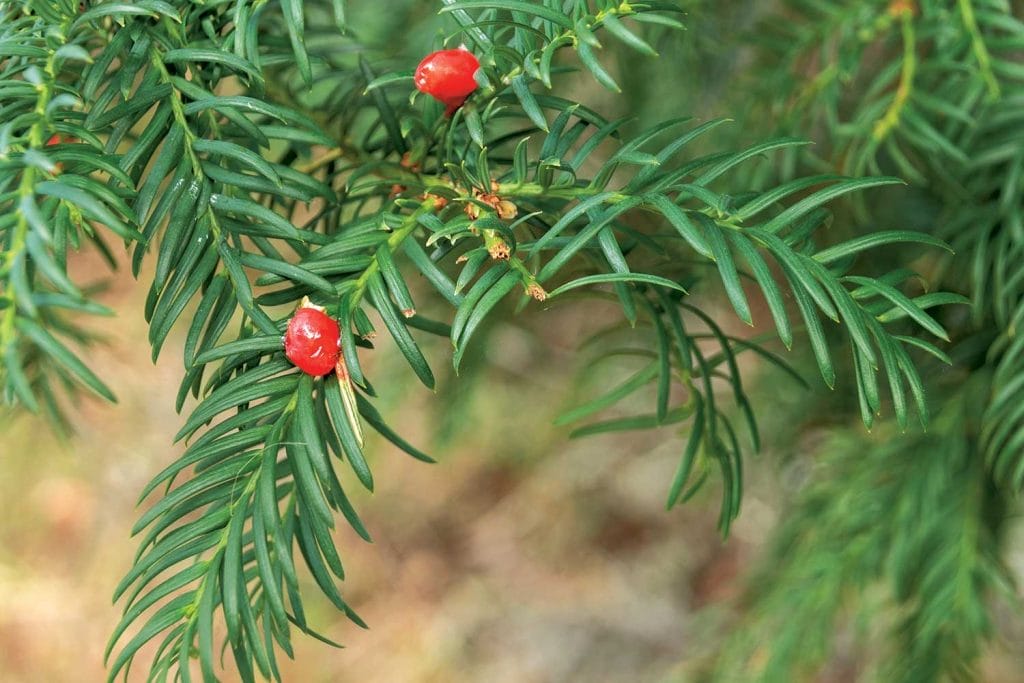
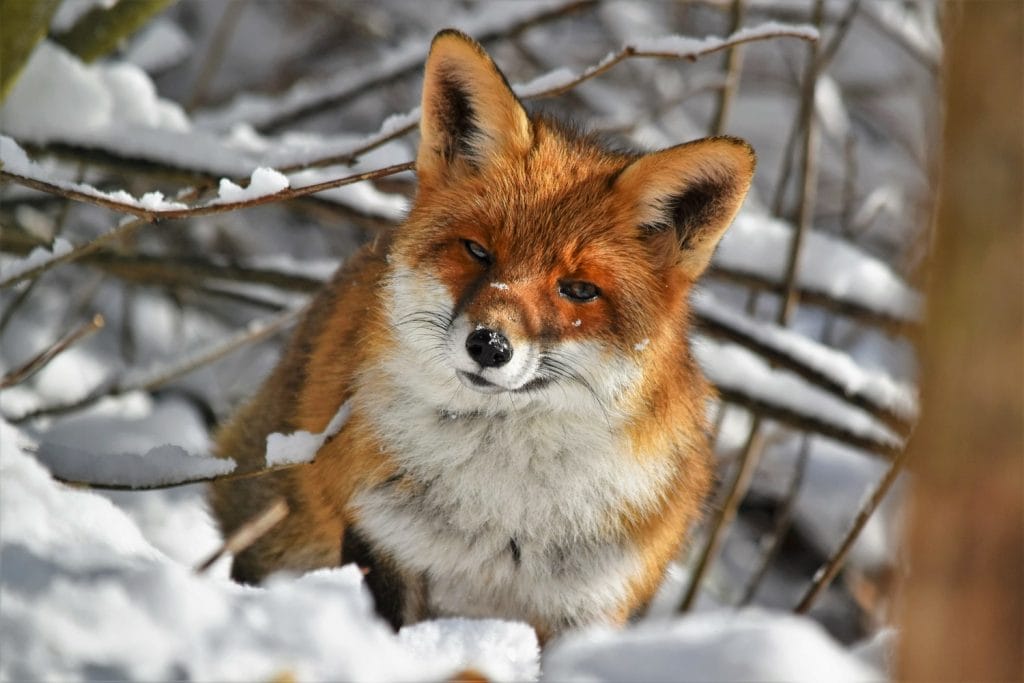
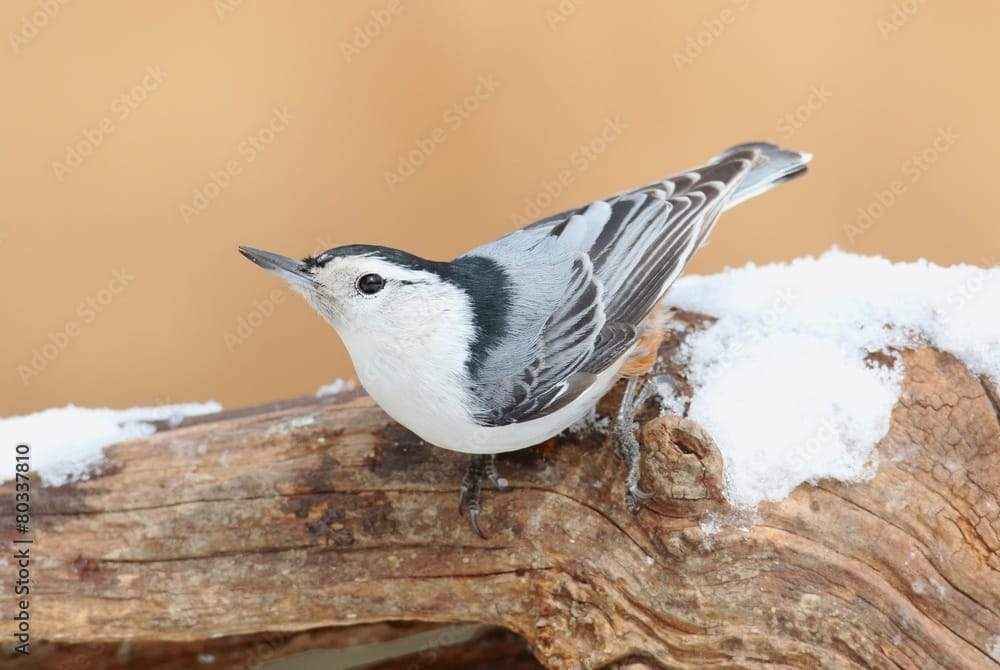
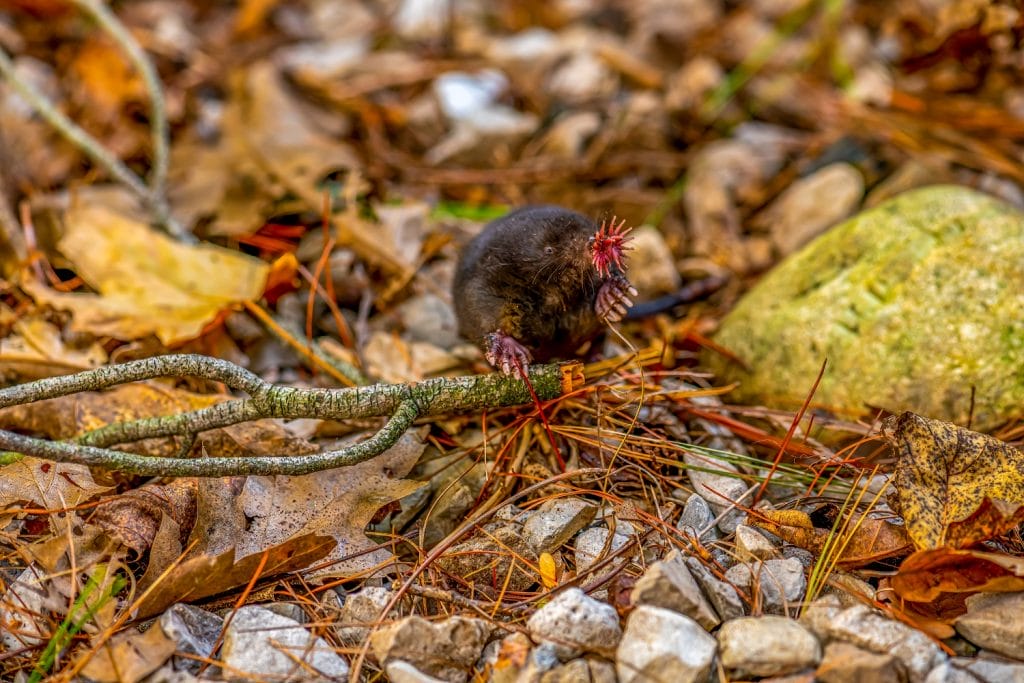

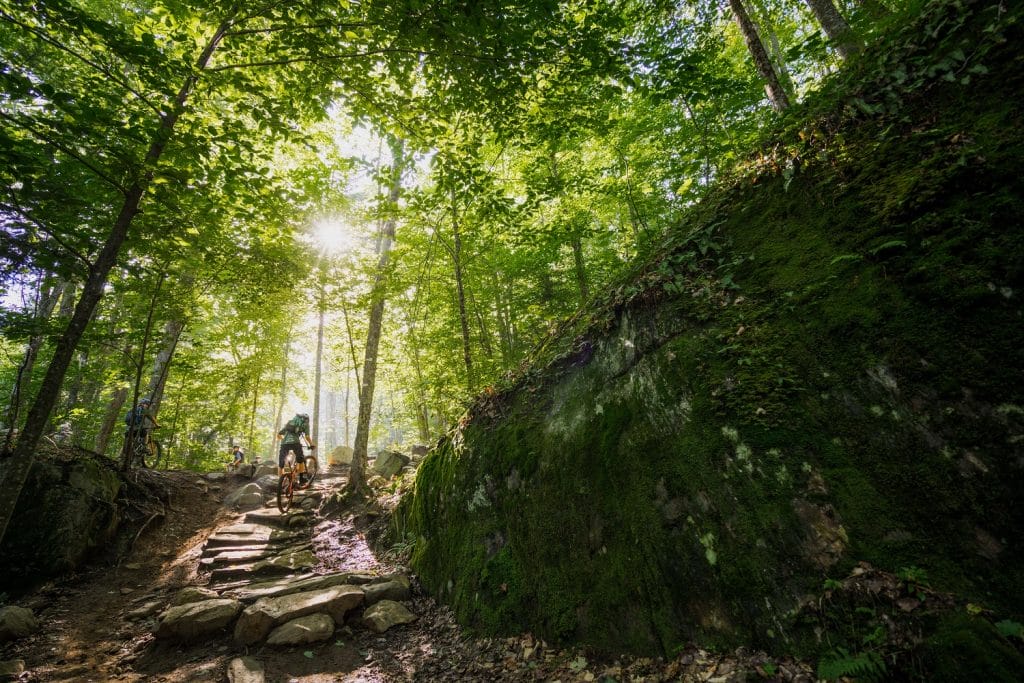

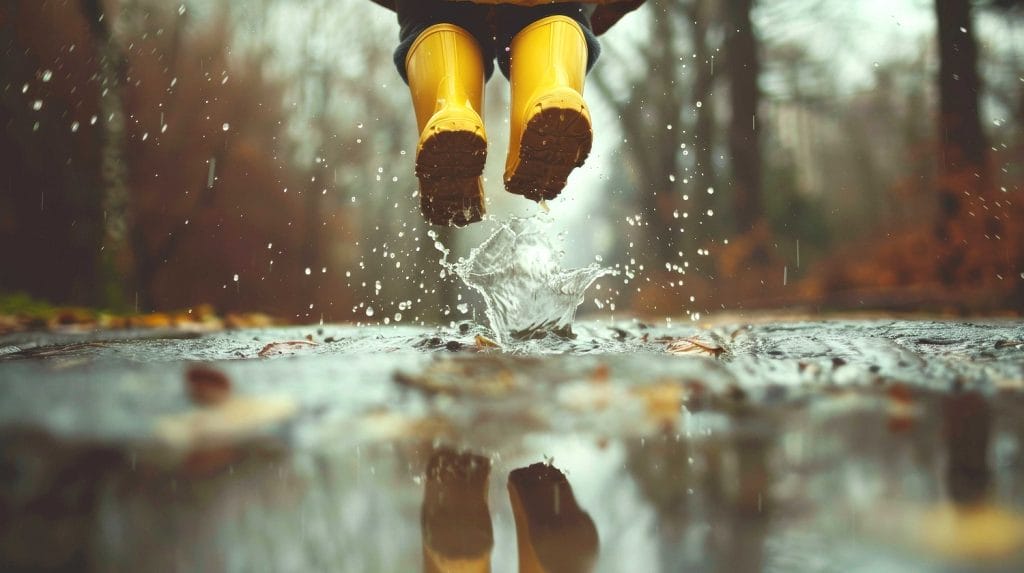

0 Comments